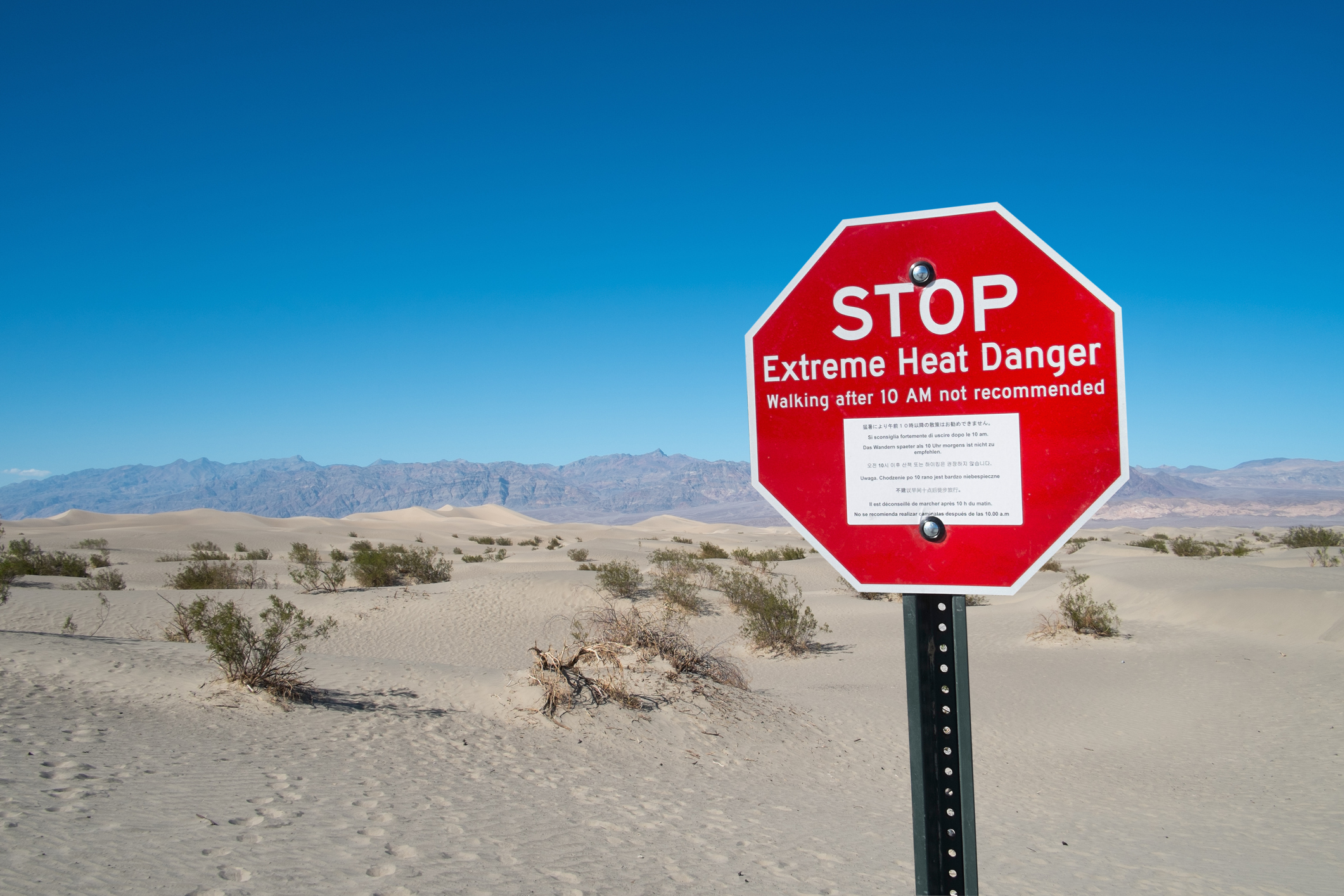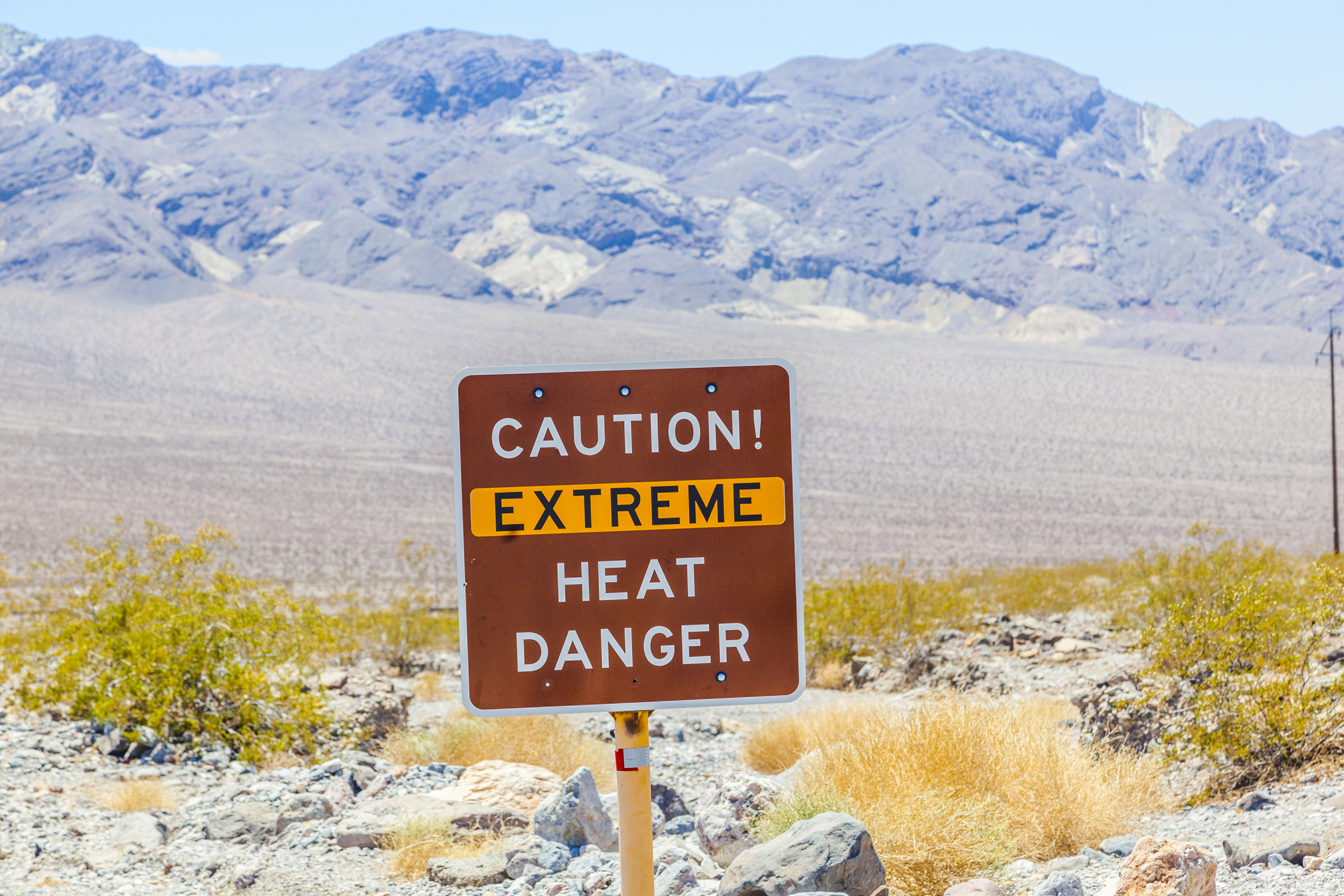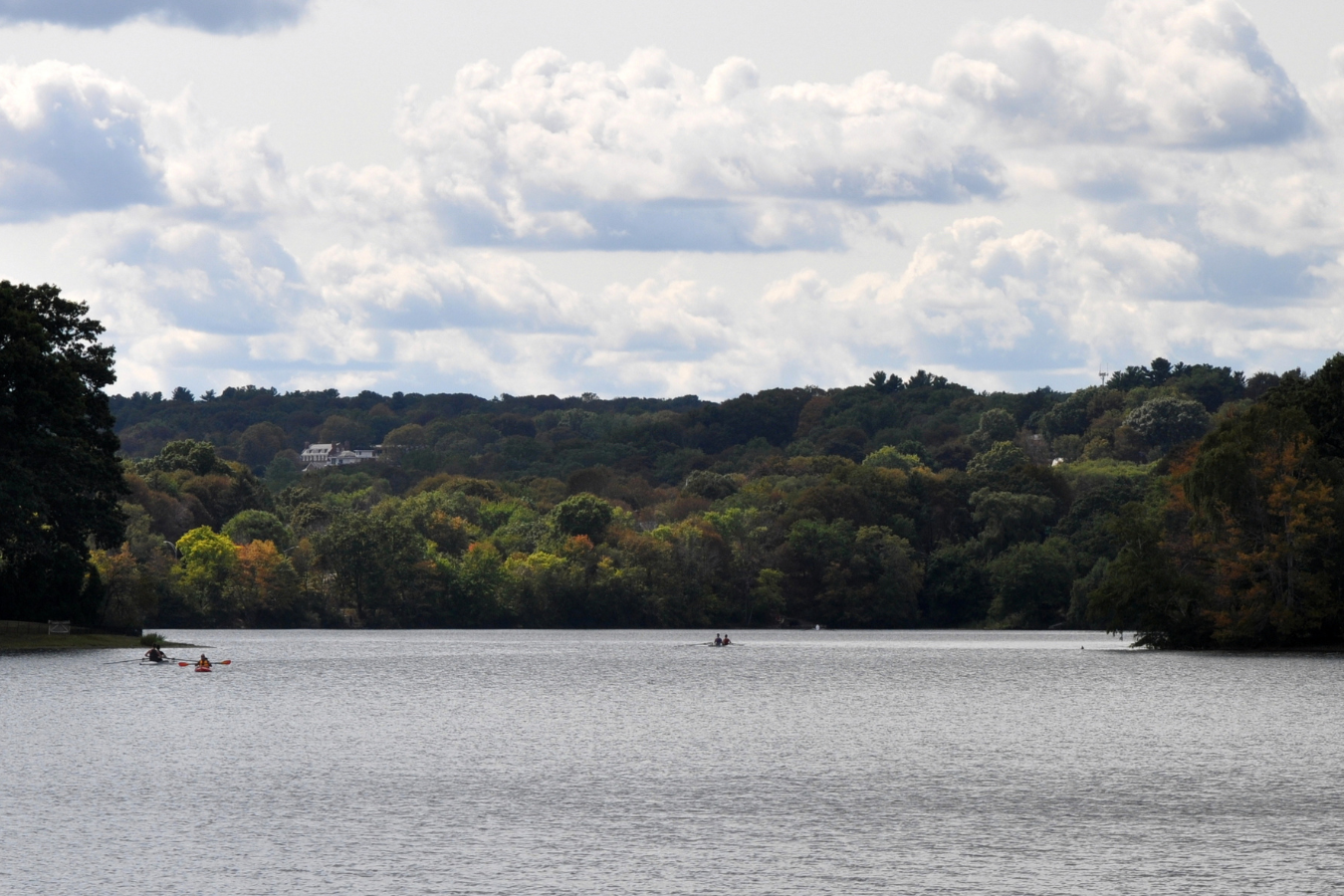As temperatures continue to rise globally, so does federal action to address community needs in managing extreme heat. Recently, there has been both Administrative and Congressional action addressing indoor and outdoor worker safety, providing federal funding and uplift tools to support local planning in response to the extreme heat that has swept the nation over the past several months. While 2023 was the warmest year on record, 2024 is on track to beat that record.
Here is an overview of recent federal action, federal resources and technical assistance opportunities to support communities in protecting public health and safety.
Administrative Efforts
On July 2, the White House announced new actions to protect workers and communities from extreme weather. A key component of the announcement is a proposed rule by the Occupational Safety and Health Administration (OSHA) at the U.S. Department of Labor aimed at preventing heat-related illnesses and injuries among workers. The proposed rule is particularly relevant for local government officials overseeing municipal workforces, where outdoor and indoor heat exposure can be significant. This often includes public works, parks and recreation, sanitation and emergency services personnel, many of whom work outdoors or in unconditioned indoor environments.
The proposed rule would require employers, including local governments, to establish a Heat Injury and Illness Prevention Plan (HIIPP). This plan must include site-specific information and comprehensive policies to address heat hazards. Key components of the proposed rule include:
- Monitoring Heat Conditions: Employers must monitor heat conditions including tracking local heat forecasts and conducting on-site measurements to determine heat exposure levels.
- Heat Acclimatization Protocols: Employers must implement acclimatization protocols for new and returning employees to gradually increase heat exposure to help workers adapt to high temperatures.
- Provision of Drinking Water: Employers are required to provide suitably cool, potable water in quantities sufficient to ensure employees have access to at least one quart of water per hour.
- Rest Breaks and Cool Areas: Mandatory rest breaks in shaded or cool areas are required when temperatures reach certain thresholds. Employers must also ensure that cooling measures, such as fans or air conditioning, are in place for indoor work environments.
- Heat Safety Coordinators: Employers must designate heat safety coordinators to oversee the implementation of the HIIPP and ensure compliance with all regulations.
- Emergency Response Plans: A comprehensive heat emergency response plan must be developed, detailing procedures for responding to heat-related illnesses.
- Training and Communication: Regular training on heat stress hazards, symptoms of heat-related illnesses, and emergency procedures is mandatory.
While the OSHA extreme heat proposed rule represents a significant step toward protecting workers from the dangers of heat exposure, implementing and complying with a final rule at the local level may require considerable investment, collaboration, resource allocation and ongoing commitment to safeguarding municipal workers during extreme heat events. OSHA regulations generally do not cover state and local government employees. However, if a state has an OSHA-approved State Plan that includes municipal employees, then these workers would be covered by the proposed rule. NLC is reviewing the proposed rule to determine the impact it will have on local governments.
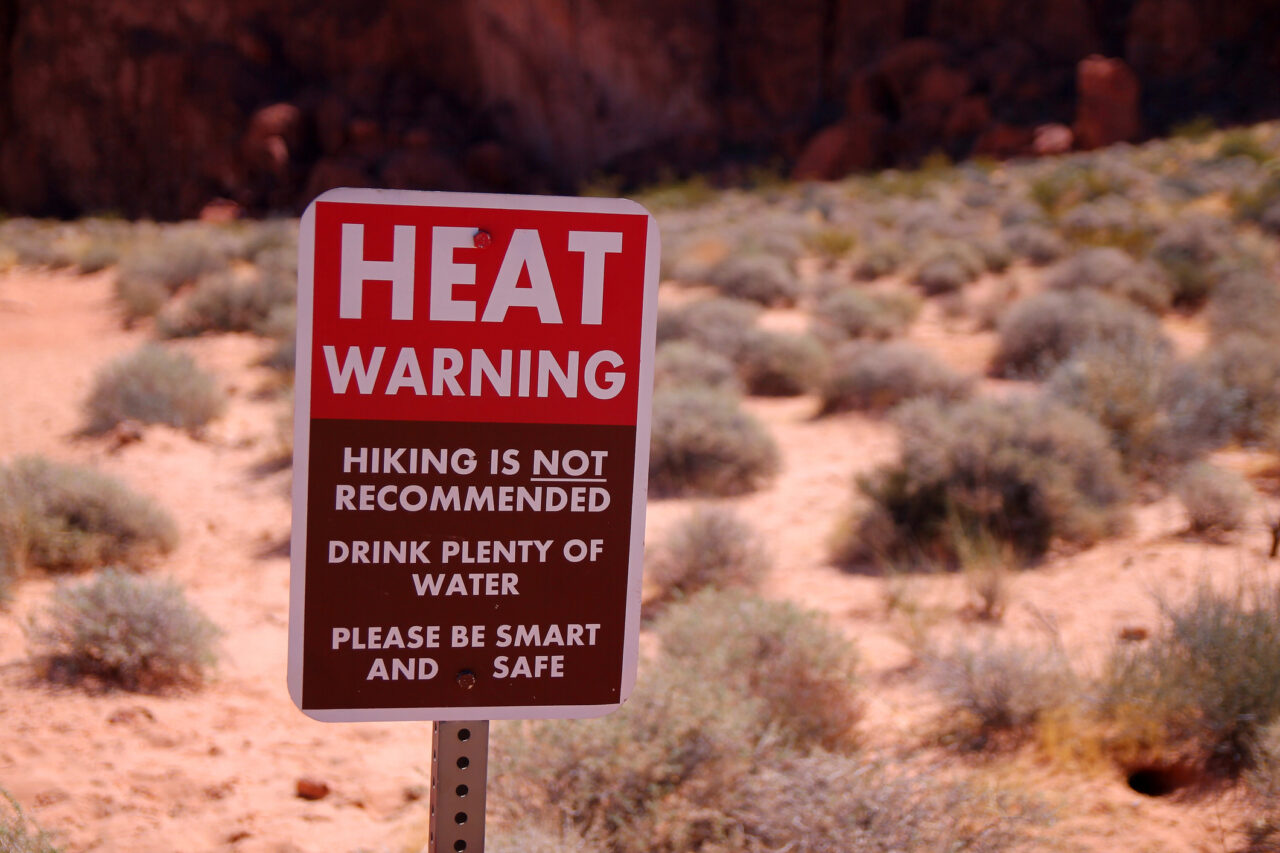
Additionally, the Federal Emergency Management Agency (FEMA) and the U.S. Department of Health and Human Services announced federal resources and tips for staying safe during extreme heat. These resources include information about federal grant programs that can have eligible uses around mitigating extreme heat impacts, such as the Safeguarding Tomorrow through Ongoing Risk Mitigation Revolving Loan Fund, and tools to help communities prepare for heat events and prevent heat-related illness, such as the Heat and Health Index.
Finally, FEMA announced the latest round of recipients of the Building Resilient Infrastructure and Communities (BRIC) program to help protect communities against natural hazards and disasters, including extreme heat. Grant winners include Washington, DC with a $724,000 award to build shaded bus stops.
Congressional Efforts
There are several bills introduced in Congress that would provide additional support to local governments. First, the Extreme Heat Emergency Act (H.R. 3965), sponsored by Reps. Gallego (D-AZ) and Garcia (D-TX), would classify extreme heat events as major disasters under the Stafford Act, enabling access to federal disaster assistance and resources. This support would enhance the capacity of local governments to:
- Establish more cooling centers to offer relief during heatwaves, especially to vulnerable populations.
- Provide shelters with proper cooling facilities to protect the homeless during extreme heat events.
- Supply hospitals and healthcare providers with resources to manage the increased strain from heat-related illnesses.
Reps. Gallego and Watson Coleman (D-NJ), and Sen. Brown (D-OH) also introduced the Excess Urban Heat Mitigation Act (H.R. 2945/S. 1379).
The legislation would create a competitive grant program through the U.S. Department of Housing and Urban Development to provide funding to support local efforts to mitigate urban heat by promoting the planting and maintenance of trees, creating more green spaces, and using reflective materials in urban areas.
Finally, Reps. Titus (D-NV) and Stanton (D-AZ) introduced the Extreme Weather and Heat Response Modernization Act to improve emergency response to extreme heat events.
The legislation requires a review of disaster declaration processes, expands eligibility for Hazard Mitigation Grants and the BRIC program, and establishes community cooling and resilience centers. These measures directly address the immediate and long-term needs of communities.
NLC supports these bills and urges Congress to advance them through committees to help communities deal with the devastating consequences of extreme heat on public health, local infrastructure and vulnerable populations.
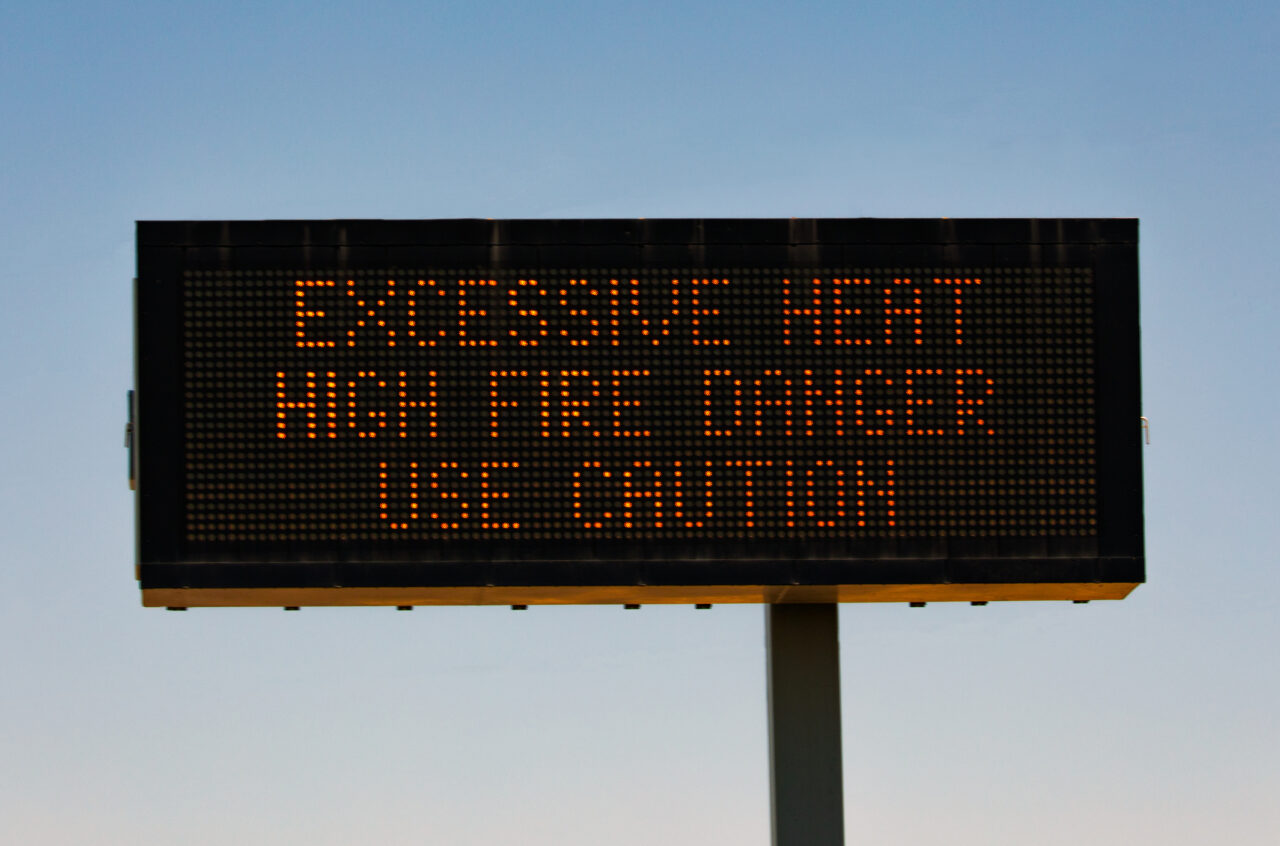
Recently, NLC supported a Congressional briefing hosted by the American Public Health Association, focused on extreme heat resilience for community well-being and ways the federal government can help protect the health of communities that are most impacted by extreme heat. Douglas Melnick, chief sustainability officer with the City of San Antonio, shared how the city is addressing heat impacts on vulnerable communities through a variety of policies and programs that would reduce urban heat island effects, such as installing and testing cool pavement and other cool materials, utilizing green infrastructure, constructing shade structures and water features, and promoting energy efficiency.
Additional Information and Resources for Local Leaders
NLC Technical Assistance Opportunities
- Environmental Justice Thriving Communities Technical Assistance Centers: This program provides training, resources, and technical support to communities navigating the federal grant system, peer learning, and network leveraging to accelerate local-level environmental justice goals. Local governments, tribes and nonprofit organizations can request free technical assistance by filling out this form.
- SolSmart: This solar energy designation and free technical assistance program helps prepare communities for the solar energy transition at the local level. Visit SolSmart.org to learn more and request a consultation. For additional information, the SolSmart Program Guide provides an overview of SolSmart and contains descriptions of the criteria, community examples, templates, and other resources.
- Cities for Smart Surfaces: NLC partners with the Smart Surfaces Coalition to develop resources for local leaders to address extreme heat challenges through landscape-scale transformations. Resources under development include a policy toolkit focused on reflective roofs, green stormwater infrastructure, cool pavements and solar, among other strategies.
Additional Federal Tools
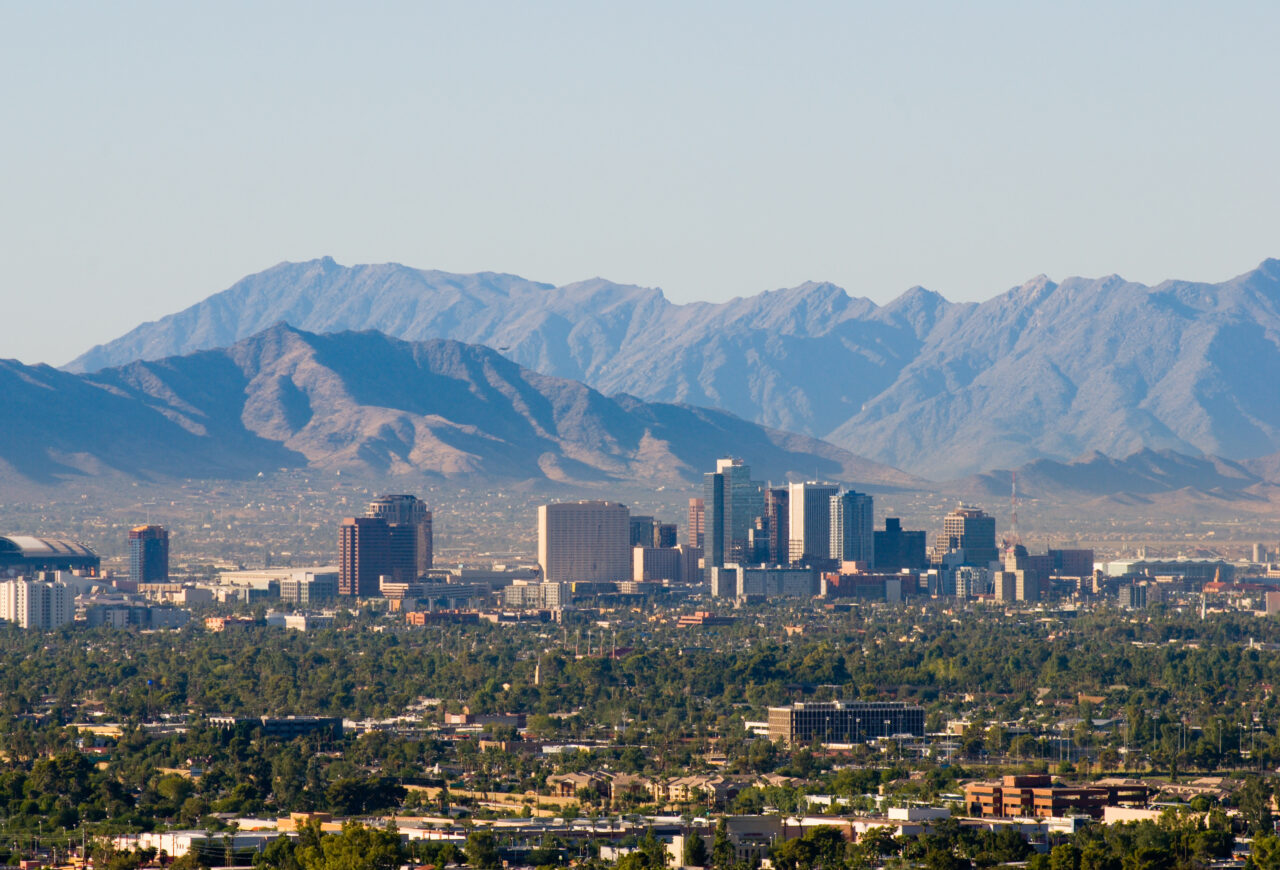
- The White House offers Planning Tools for Combatting Extreme Heat and mitigating impacts from urban heat.
- Heat.gov is a one-stop shop for all extreme heat-related resources.
- The Center for Disease Control and Prevention partnered with the National Oceanic and Atmospheric Administration’s National Weather Service to launch the HeatRisk Forecast Tool, a national seven-day heat forecast, and the HeatRisk Dashboard to inform communities on how best to minimize impacts to their health.
Stay Connected
Sign up for the Federal Advocacy newsletter to get the latest updates on NLC’s federal advocacy efforts.
